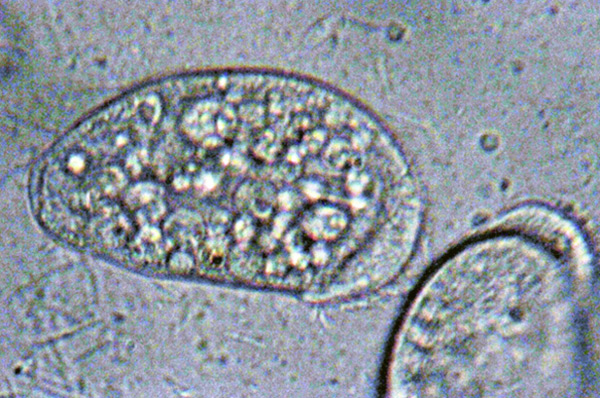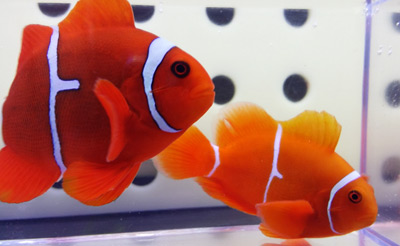As with many illnesses that affect people, fish diseases often manifest themselves in the earliest—and most treatable—stages through subtle, easily overlooked symptoms. Further clouding matters, many fish diseases have certain symptoms in common and are, therefore, easily confused with one another, making accurate diagnosis difficult.
Among the fish ailments that are easy to miss, mimic other diseases, and often prove deadly absent early intervention is Brooklynellosis, better known as clownfish disease (though it’s not limited strictly to clowns).
Disease of Marine Aquarium Fishes
Brooklynellosis is caused by a ciliated protozoan, Brooklynella hostilis. It very commonly affects wild-caught clownfish, thus its common name “clownfish disease.” Entire shipments of wild-caught clownfish have been lost to this infection. It is also seen commonly in angelfish and anthias and sometimes in butterflyfish and tangs.
Symptoms
Aquarists often miss the early symptoms of this malady in their fish, so by the time it’s identified, it’s often too late to save the specimen. The first signs of this disease may be limited to slightly folded fins combined with lethargy. Soon, skin mucus production increases, as does the fish’s breathing rate. The fish will then lose color, stop feeding, and hang in one location, with death following in a matter of hours.
Uronema often has similar symptoms, but a reddish underlying lesion is usually associated with that disease. Bacterial infections can produce similarly cloudy skin, but they typically do not result in rapid breathing. End-stage Cryptocaryon can sometimes be mistaken for Brooklynellosis, as well. Positive identification requires microscopic examination of a skin scraping. Look for medium-sized, barely motile protozoans that are ventrally flattened with a slightly domed dorsal side and have cilia mostly at one end.

Treatment
Few treatments are effective against Brooklynellosis, although two options include:
- A 14-day chloroquine treatment at 15 mg/l.
- Daily formalin dips at 150 ppm for 45 minutes.
Reducing the specific gravity of the treatment tank may assist the fish in balancing the electrolytes lost due to skin and gill damage. A target specific gravity of 1.018 should be maintained during treatment.
Prevention
Acquiring captive-raised clownfish as opposed to wild-caught ones is a good way to help prevent outbreaks of this disease. Also, Brooklynellosis is much easier to manage in a quarantine aquarium than in your main display tank.



